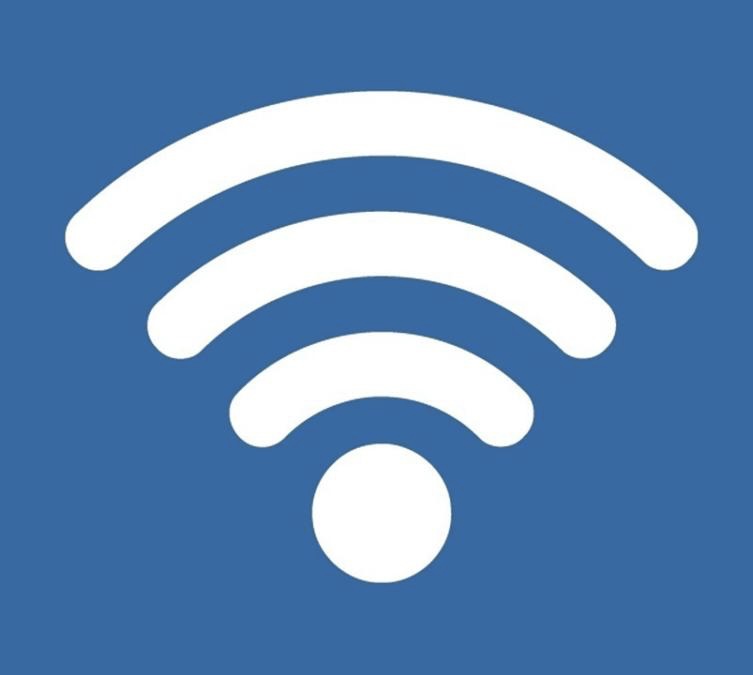Recommended network configuration for our Cloud services
The use of Office Maker and BiblioMaker in the Cloud implies the installation of a software on the workstation, a software that connects to the cloud server on which your data file is hosted.
In order to make the use of this service as pleasant as possible and not be hindered by slow and interrupted connections, it is necessary to make sure that the configuration of your network respects certain rules.
Whether in the office or at home, an Internet connection consists of the following elements:
Local Area Network
Also known as a LAN, it connects your computer(s) to a device called a "router" that binds your LAN to your Internet connection.
The router is a box usually provided by your Internet service provider. Its role is to direct data from the Internet to your computers and vice versa. The router also frequently acts as a firewall to block unwanted access to your local network.
Your local network can be wired (an Ethernet cable connects your computers to the router) or wireless (Wi-Fi or WLAN network). Wireless networks are convenient because they save you from having to pull cables around your premises, but they are less reliable than wired networks because radio waves are sensitive to electromagnetic interference and the speed of transmission depends on the distance and obstacles between your computer and your wireless terminal. Even if the distance is short and unobstructed, the speed may fluctuate from minute to minute as other wireless networks in the area and various radio waves may cause interference.
For this reason, we recommend the use of a wired network. Ideally, the Ethernet cable used should be category 6 (fastest) and in excellent condition (no wear and tear and no damaged or loose plugs causing interruptions).
 |
If only a wireless network is possible, choose the latest Wi-Fi standard with the best bandwidth and make sure that the signal reception quality is the best possible (the Wi-Fi symbol on your computer screen is usually an indicator of this quality by the number of bars displayed). A bandwidth of at least 50 Mbps is recommended. |
Internet connection
In the chain from your computer to the cloud server, the Internet connection is usually the weakest link, as it offers the least bandwidth. As with a local area network, the Internet connection can be wired (copper or fiber optic cable) or wireless (4G or 5G).
As with the LAN and for the same reasons, a wired connection is preferable to a wireless connection, as it is generally more reliable. Indeed, with a connection via 4G or 5G, the bandwidth offered by the nearest mobile phone antenna is shared by all its users and can therefore fluctuate greatly from one minute to the next, especially in an urban environment.
Regardless of the type of connection, the higher the bandwidth, the more comfortable you will be.
To find out your bandwidth (also called Internet connection speed), log on to the Speedtest.net website: you will get three values :
- the bandwidth in "Download" mode (amount of data transmitted in the direction Cloud->your local network) :
50 Mbps or more are recommended. - the bandwidth in "Upload" mode (direction Your local network->Cloud) :
10 Mbps or more are recommended. - the "Ping" transmission delay :
less than 50 ms are recommended.
If you are on the move (train, car) and use an Internet connection via 4G/5G, you risk frequent interruptions. For this reason, we do not recommend a connection under these conditions.
The above minimum values ensure a satisfactory user experience.
Your IT specialist or IT department will be able to advise you on the network optimisations to be carried out.
Our technical support department is at your disposal for any further information.
 Français
Français Deutsch
Deutsch Italiano
Italiano